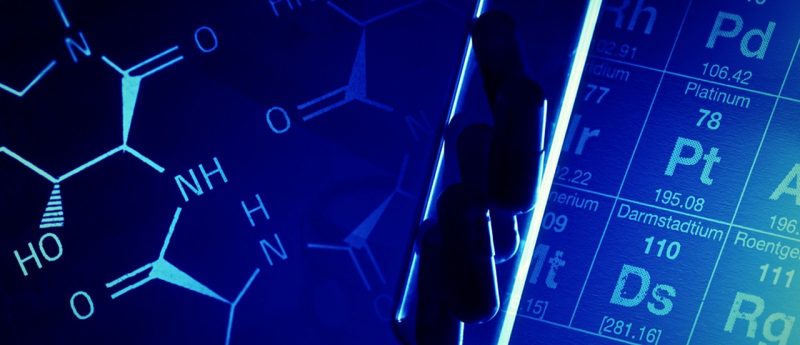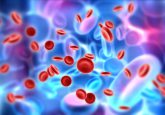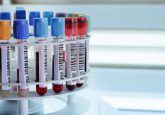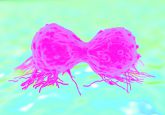Novel nanodevice designed to improve cancer drug monitoring

A new nanodevice developed by scientists at the University of Montreal (Canada) can accurately measure the concentration of methotrexate, a common cancer drug, in treated individuals. The novel device can swiftly assess the optimal dose of the treatment for a particular patient, and so may aid in avoiding the drug’s adverse effects.
Methotrexate is a frequently used cancer treatment, which has been prescribed for several years. The activity of methotrexate stems from its ability to block the enzyme dihydrofolate reductase, which promotes the replication of cancer cells. However, the drug is potentially toxic and can damage the healthy cells of patients. Due to the possibility of detrimental effects, close monitoring of the drug concentration in patients’ serum is imperative.
Traditionally, the drug concentration has been tracked in hospitals using fluorescent bioassays to study the light polarization produced by a sample of the drug. Jean-François Masson, from the Department of Chemistry at the University of Montreal, who led the research, commented on this conventional monitoring method: “The operation of the current device is based on a cumbersome, expensive platform that requires experienced personnel because of the many samples that need to be manipulated.”
The new nanodevice uses gold nanoparticles that “compete” with methotrexate to block the dihydrofolate reductase enzyme. Arranged on the surface of the receptacle, the gold nanoparticles change the color of the light detected by the device, and the color of the light reflects the exact concentration of the drug in the blood sample. The nanodevice is small and portable, and requires little sample preparation.
The new instrument was tested for accuracy against the equipment currently used at the Maisonneuve-Rosemont Hospital in Montreal (Canada). Masson commented on the results: “Testing was conclusive: not only were the measurements as accurate, but our device took less than 60 seconds to produce results, compared to 30 minutes for current devices.” An additional benefit of the nanodevice is that it has been operated by laboratory clinicians, who have no relevant technical experience, with no major difficulties.
The research group behind the design of the device see it entering wider use, as Masson explained: “In the near future, we can foresee the device in doctors’ offices or even at the bedside, where patients would receive individualized and optimal doses while minimizing the risk of complications.”
Source: New nanodevice to improve cancer treatment monitoring.





